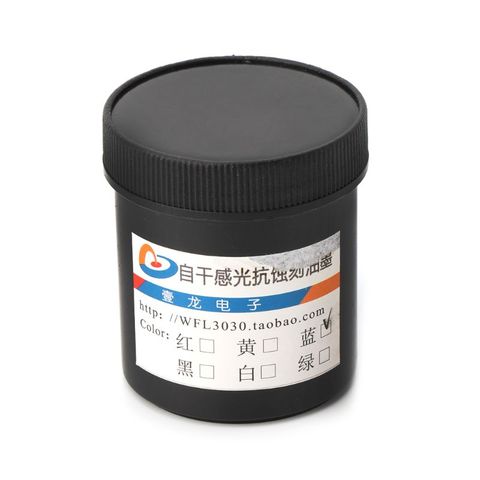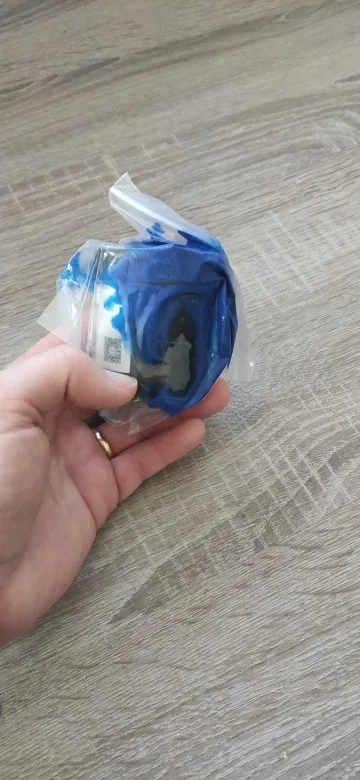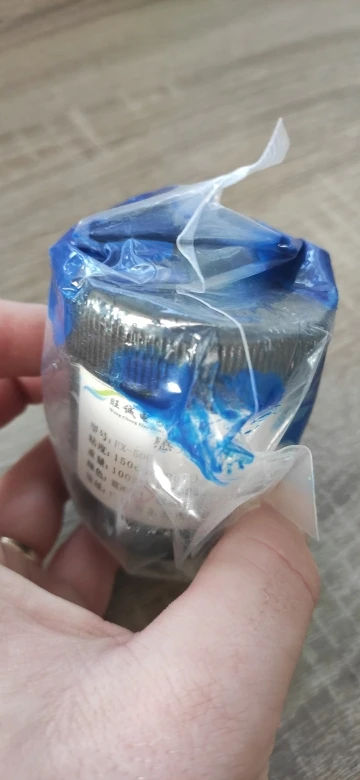100g Photoresist Anti-etching Blue Ink Paint For DIY PCB Dry Film Replacement
Price history
- for 3 month
- for half a year
- Requires Alitools extension
Price drop notification
This item is from other sellers
Similar Products
Customer Reviews
Bad packed, came very quickly...
This stuff is freaking awesome. I bought two because that's how I roll - but one is more than a lifetime supply for a hobbyist. Of course, I'm not sure about long term shelf life, yet. The trick is DILUTION. The suggestion of banana oil that's out there (isoamyl acetate) is a good one. Acetone evaporates too fast. Ethyl acetate also works. I like the longer work time of the banana oil. I apply a small dilution batch (about 1 ink to 3 solvent by volume kept in a rubber gasket lined cap brown dropper bottle) by checker boarding drops on the piece.
I use a UV light box that has a red light mode. In red, the ink looks jet black. You can try to tilt your piece to get even coverage, if you get there fast. Then let it sit LEVEL till it dries in about 1 hour - finishing up with a hair dryer (from below) until the surface looks dull then complete from above. I have used mine immediately. If it takes too long to cover, the pigment settles into dark patches separated by oil that's almost clear. This is a suspension not a solution. A spritz bottle might be a good idea - if you can handle the overspray waste. If anything I tended at first to use to much and expose too long. In the red light, I will sometime use my sponge (pre damp with solvent) to even out coverage so I can use less and fix settling. Doing this you WILL see unevenness marks - don't worry; try to minimize and notice they even out on their own quite a bit.












